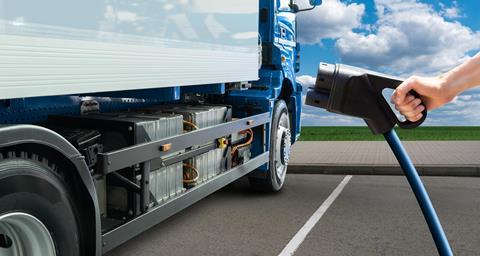According to P&S Intelligence, an internaational provider of market research and consultancy services, the electric commercial vehicle market is expected to increase to $814.8 billion in 2030, with a predicted growth rate of 36.2% from 2022 to 2030.

Declining costs and increasing operational efficiency of batteries, as well as the long-term cost benefits for fleet operators, are driving the growth of the industry. Growing concerns over GHG emissions and increased government support in the form of subsidies and grants for these vehicles are expected to provide further benefits in the near future.
High Adoption in Metropolitan Cities of China and India
Metropolitan cities in China are facing severe air pollution, leading the government to take action to reduce it through measures such as implementing stringent emission norms and promoting the use of electric vehicles in commercial fleets. Similarly, India is also focusing on replacing conventional buses with electric ones, with the Delhi Transport Corporation aiming to have 8,000 battery electric buses by 2025.
Governments Encouraging Adoption of EVs for Environmental Concerns
To reduce carbon emissions, many governments have announced a ban on traditional diesel-based commercial vehicles and are promoting electric buses and trucks through purchase subsidies and other incentives for buyers. Battery electric vehicles (BEVs) currently account for over 60% of the industry’s market share, due to government incentives and subsidies that encourage the adoption of eco-friendly vehicles.
Changing Business Models Fueling Commercial EV Growth
Companies are adapting their business models to address the high upfront costs of EVs. Many fleet operators are procuring electric buses in partnership with city governments, and some are adopting battery swapping and leasing concepts to make EVs more affordable. A pre-installed battery increases the cost of an EV, but battery leasing or swapping can help reduce these costs.


















